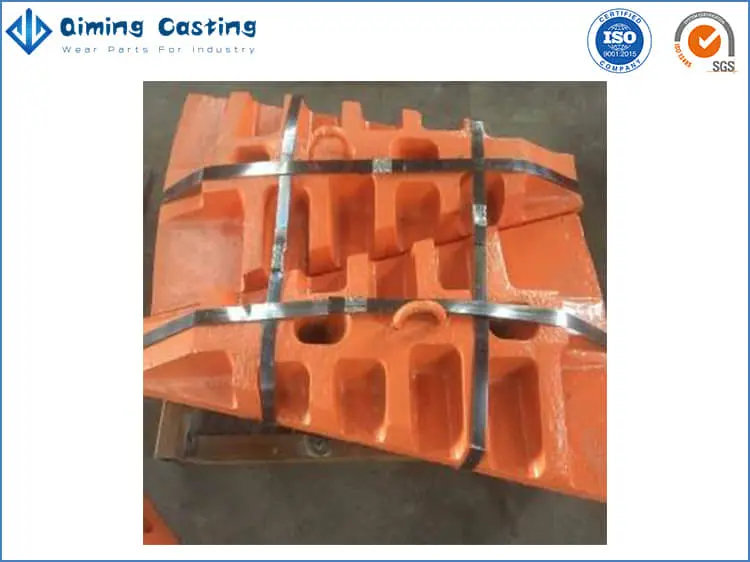
Austenite Manganese Steel Mill Liners
Manganese steel is a type of material used for various applications. When it comes to manganese mill liners, Qiming Casting is one of the largest austenitic manganese steel cast foundries in China. With over 20 years of casting technology, our austenitic manganese steel mill liners have a longer lifespan compared to other foundries.
In the solution annealed and water-quenched condition, the hardness of manganese steel is typically around 220 HB. However, it is possible to strain to harden this material to approximately 500 HB by subjecting it to high-impact loading while limiting gouging abrasion. In crushing applications, where the main wear mechanism is gouging abrasion, the manganese steel will usually harden to some intermediate level, typically between 350-450 HB.
Manganese steel is typically used for grid liners and smaller mills. Its biggest advantage is that it work hardens under stress, while the substrate remains tough and can withstand extreme impact without fracturing. However, one of its primary disadvantages is that it spreads with impact, so solid liners begin to squeeze together and become extremely difficult to remove. This can also damage a mill shell if the stress is allowed to build up to an extreme level.

Austenite Manganese Steel Mill Liners
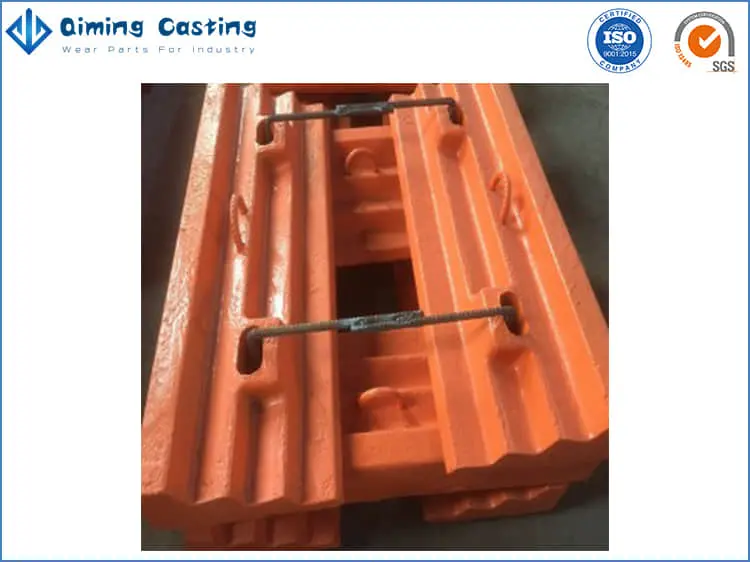
Manganese AG Mill Liners
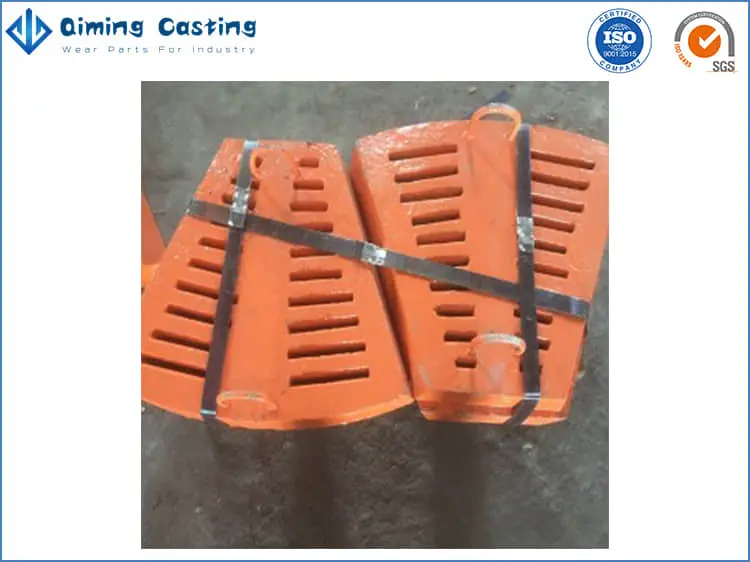
Manganese Alloy Steel Mill Liners
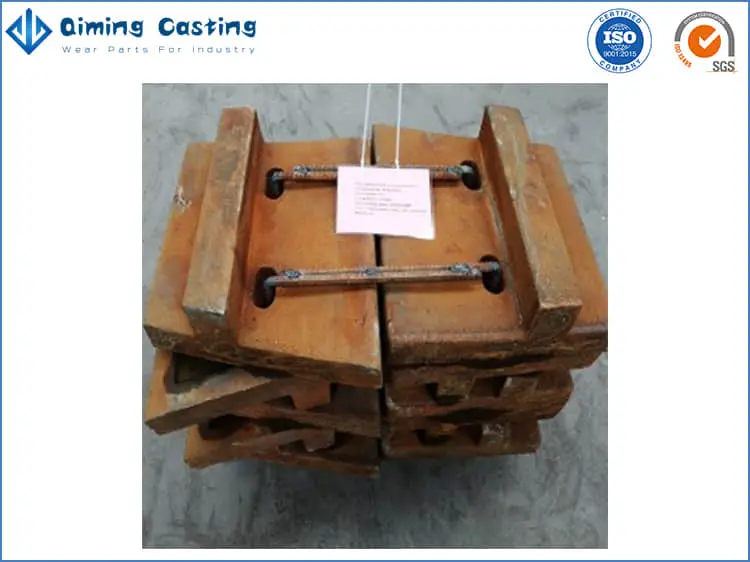
Manganese Ball Mill Liners
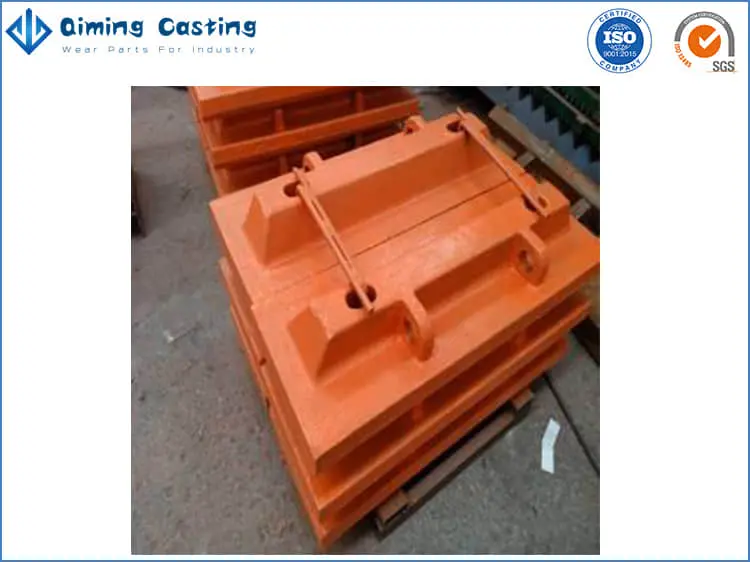
Manganese Grid Liners
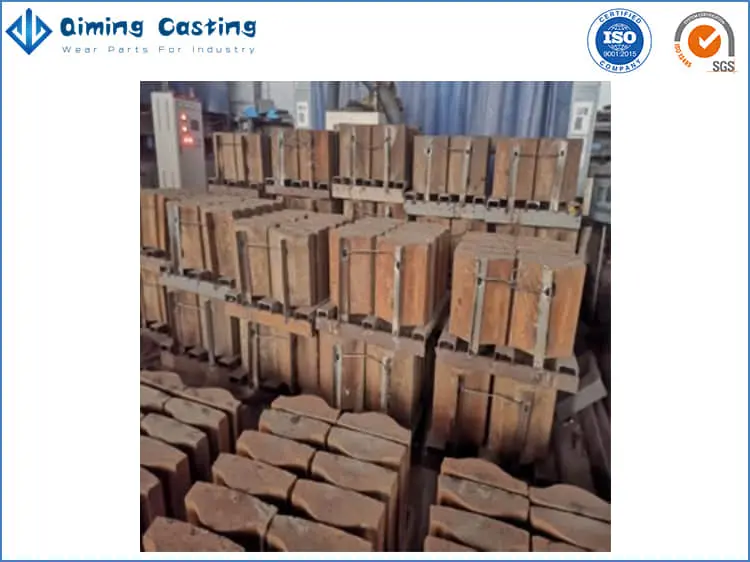
Manganese SAG Mill Liners
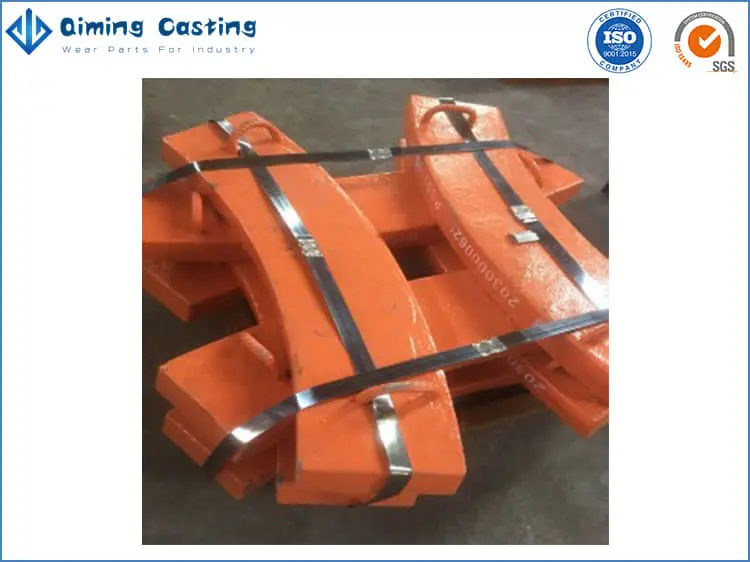
Mn14Cr2 Mill liners
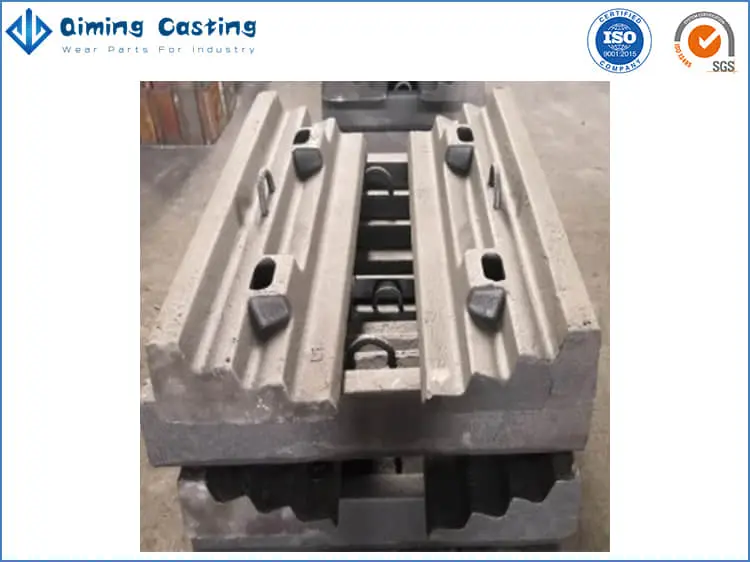
Mn18Cr2 Mill Liners
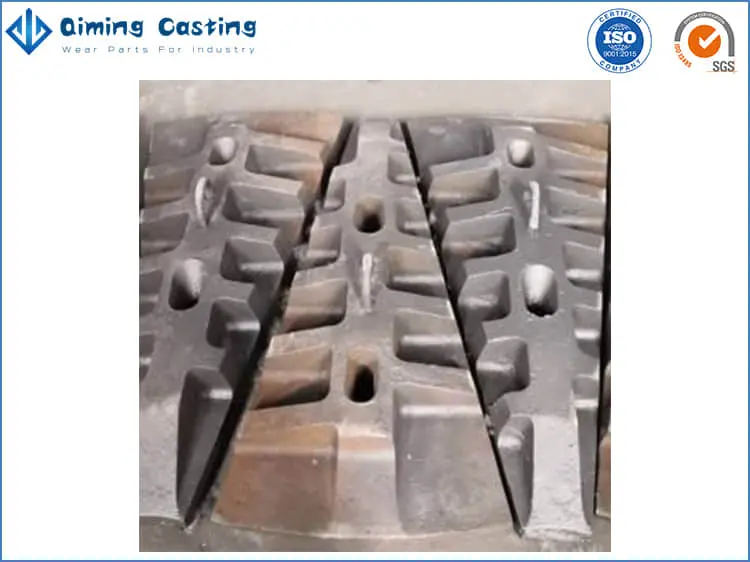
Mn22Cr2 Mill Liners
| Name | Spec Available(%) | |||||||
| C | Si | Mn | Cr | Mo | Cu | P | S | |
| High Manganese Liner (Mn14) | 0.9-1.5 | 0.3-1.0 | 11-14 | 0-2.5 | 0-0.5 | ≤0.05 | ≤0.06 | ≤0.06 |
| Super Manganese Liner (Mn18) | 1.0-1.5 | 0.3-1.0 | 16-19 | 0-2.5 | 0-0.5 | ≤0.05 | ≤0.06 | ≤0.06 |
| Name | Surface(HB) | Ak(J/cm2) | Microstructure |
| High Manganese Liner (Mn14) | ≤240 | ≥100 | A+C |
| Super Manganese Liner (Mn18) | ≤260 | ≥150 | A+C |
| C -Carbide A- Austenite | |||